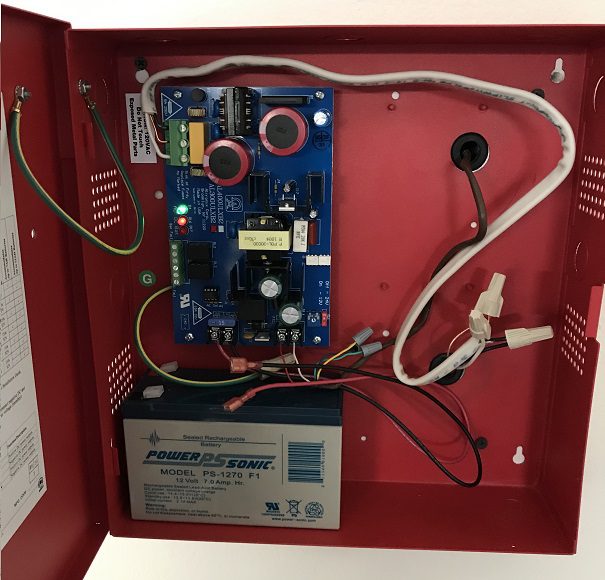Hydro-Compaction Definition (Hydrocompaction)
The term “Hydro-Compaction” or “Hydrocompaction” in engineering geology refers to the process whereby soils collapse upon saturation. Hydrocompaction can also be called “Hydro-Consolidation.”
The term “Hydro-Compaction” or “Hydrocompaction” in engineering geology refers to the process whereby soils collapse upon saturation. Hydrocompaction can also be called “Hydro-Consolidation.”

Dry Density (ρd) “Dry Density” (ρd) is a value that represents the density of soil when it is completely dry. To illustrate, it equates to (“bulk density” / 1) + “water content.” This is a common geotechnical engineering laboratory procedure. Dry Density Formula Dry Density = [(Bulk Density ÷ 1) + (Water Content)]

Volcanic Rock (Igneous) Definition A “Volcanic Rock” is an igneous rock that is finely crystalline and glassy (or aphanitic). To illustrate, volcanic rocks result from volcanic action at the earth’s surface. Typically, this also includes igneous intrusions that are “near-surface,” which may otherwise be considered plutonic. This action results in a final rock that is…

Monoculture Definition The term “Monoculture,” in the fields of farming and agriculture, refers to a cultivation system that comprises only one organism. For instance, an entire crop field that only grows carrots. In a monoculture, there is no symbiosis between different species. As a result, there isn’t any comingling with other organisms. In fact, for…

Natural Gas Natural Gas: In geology, natural gas means combustible hydrocarbon gas that forms by natural geological or biological processes. To illustrate, natural gas that forms by geological processes is the thermal decomposition of buried organic materials. Whereas natural gas that forms via biological processes entail the microbial decomposition of buried organic material. Natural gas…

Zoning Mineralogy Definition Zoning is a variation of crystal composition that is a characteristic of feldspars. To illustrate, the center of a feldspar mineral is formed by a high-temperature phase, whereas the exterior is formed by a low-temperature phase.

Control Panel in a Methane Mitigation System Control Panel of a Methane Mitigation System: A methane mitigation control panel is the brain behind the active mitigation system. In accordance with the Los Angeles Department of Building and Safety (LADBS) Methane Code, Ordinance Number 175790, a control panel synchronizes methane alarm units with sensors and the…